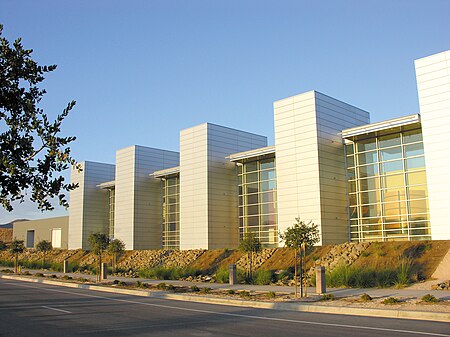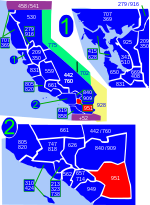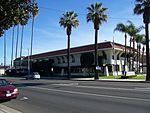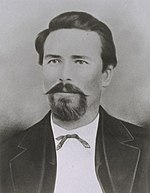Western Science Center
Archaeological museums in CaliforniaGeology museums in CaliforniaHemet, CaliforniaMuseums in Riverside County, CaliforniaNatural history museums in California ... and 1 more
Paleontology in California

The Western Science Center (WSC), formerly the Western Center for Archaeology & Paleontology, is a museum located near Diamond Valley Lake in Hemet, California. The WSC is home to a large collection of Native American artifacts and Ice Age fossils that were unearthed at Diamond Valley Lake, including "Max", the largest mastodon found in the western United States, and "Xena", a Columbian mammoth, as well as dinosaur fossils recovered from New Mexico. Opened in 2006, the museum has been designed to provide world-class facilities for the research, curation, and presentation of the nearly one million specimens discovered during the development of Diamond Valley Lake in Hemet.
Excerpt from the Wikipedia article Western Science Center (License: CC BY-SA 3.0, Authors, Images).Western Science Center
Searl Parkway,
Geographical coordinates (GPS) Address Phone number Website External links Nearby Places Show on map
Geographical coordinates (GPS)
| Latitude | Longitude |
|---|---|
| N 33.705277777778 ° | E -116.99305555556 ° |
Address
Western Science Center
Searl Parkway 2345
92543
California, United States
Open on Google Maps






